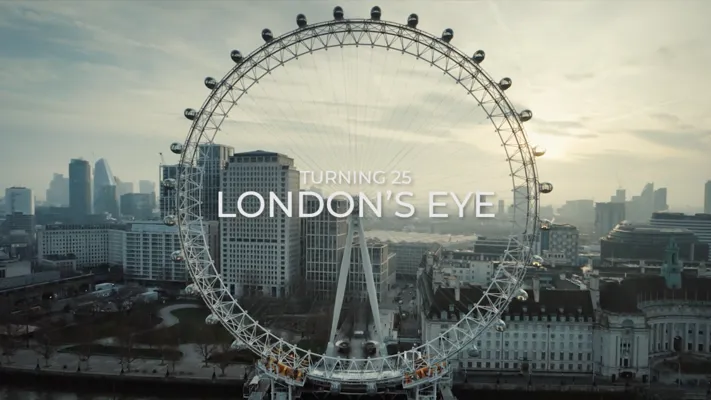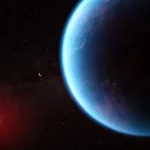London’s Extra Lungs: Celebrating the Legacy of an Urban Wetland
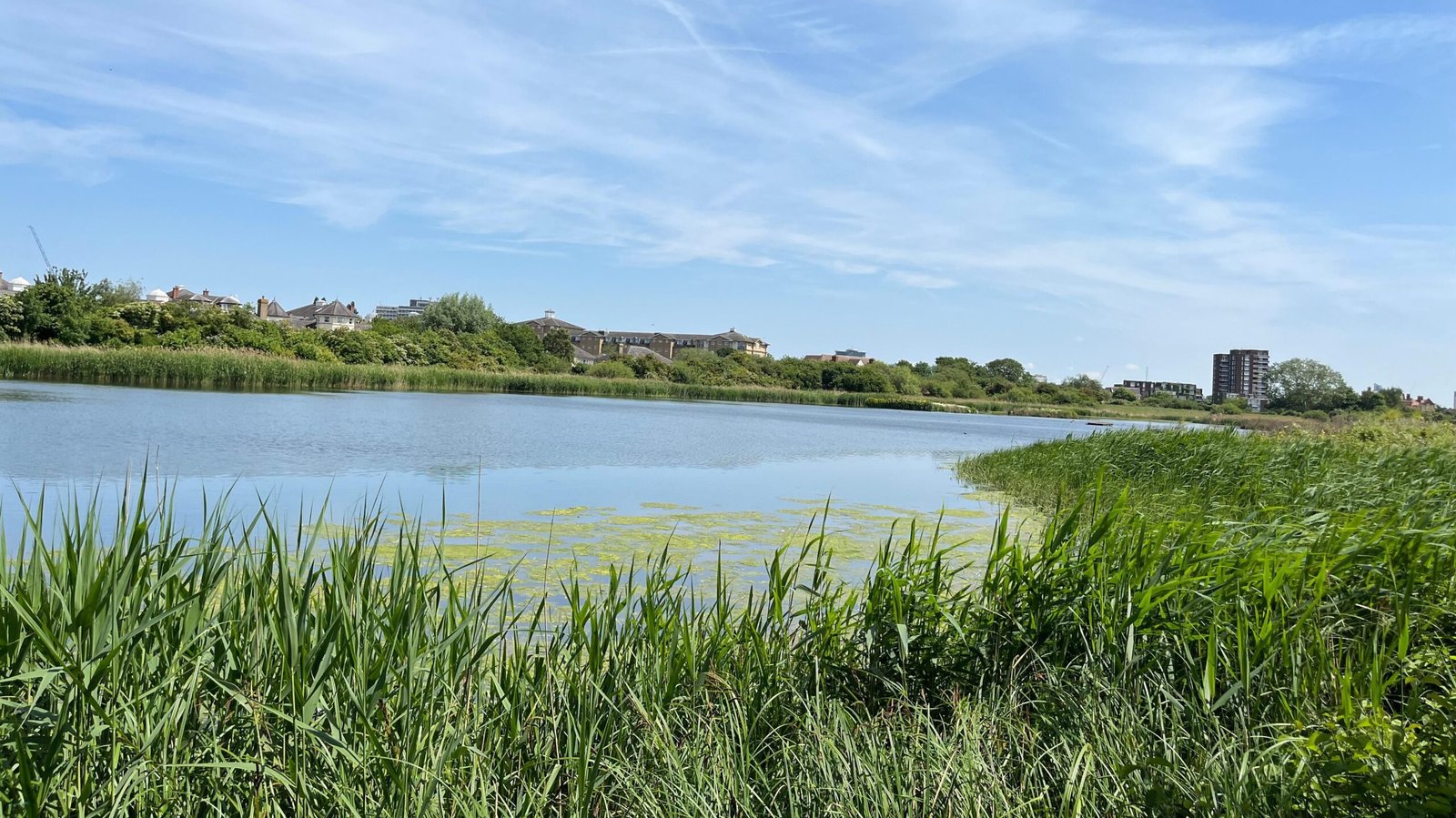
Nestled in Barnes, southwest London, the London Wetland Centre has earned its nickname, London’s extra lungs, for good reason.As it celebrates 25 years, the once-abandoned Victorian reservoirs have transformed into a thriving, man-made wetland. This space now supports hundreds of wildlife species and stands as a model of ecological innovation. Sir David Attenborough described it as “sensational” and a vital lung for London. Today, the centre remains a shining example of urban conservation success.
From Concrete Reservoirs to London’s Extra Lungs: A Conservation Triumph
What now appears as a lush sanctuary for nature and people alike was once on the brink of urban development. In the 1990s, the disused reservoirs along the River Thames were viewed as prime real estate. Thanks to the relentless advocacy of the Wildfowl and Wetlands Trust (WWT) and its visionary founder, Sir Peter Scott, the site avoided a future filled with concrete blocks. Instead, it became an ecological gem. Over five determined years, the team secured Lottery grants, gathered community donations, and formed key partnerships—including one with Berkeley Homes—to purchase and transform the land.
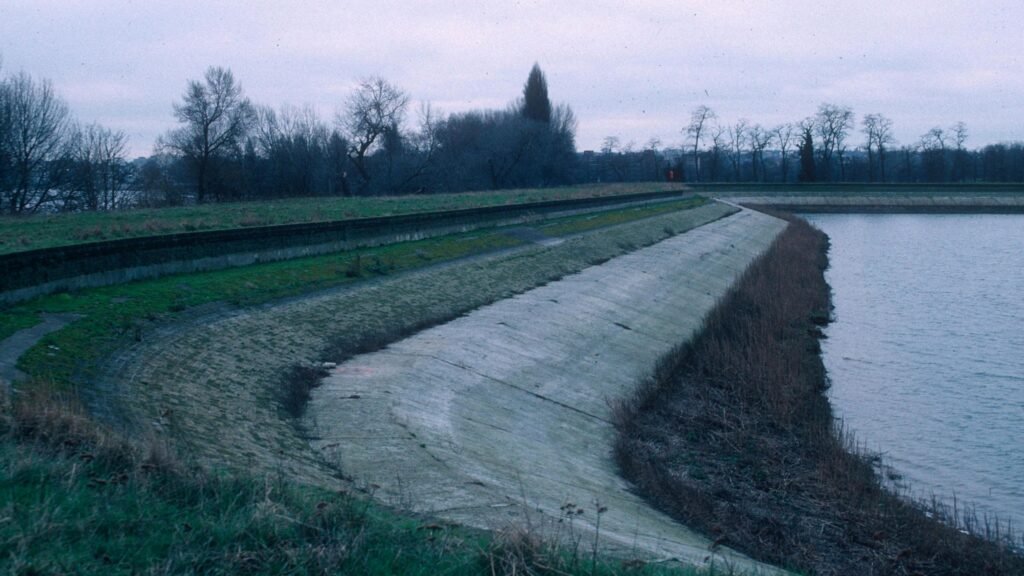
The result? It is not just a nature reserve but also a new neighborhood with 280 eco-friendly homes. This shows how urban planning and wildlife conservation can coexist.
London’s Extra Lungs: Opening the Gates to an Urban Nature Haven
In 2000, Sir David Attenborough officially opened the London Wetland Centre, calling it “sensational.” This praised the transformative vision behind the project. Within two years, Natural England designated the site a Site of Special Scientific Interest (SSSI), further validating its ecological importance.
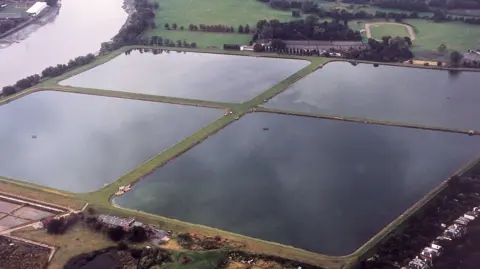
The accolades didn’t stop there. On its 10th anniversary, Sir David said, “The reserve is the ideal model for how humankind and the natural world may live side by side in the 21st century.” This quote is central to the Centre’s identity. It continues to offer hope as urban land grows scarce and natural habitats face constant threats.
Education and Engagement at London’s Extra Lungs: A Core Mission for the Wetland Centre
From the beginning, education was envisioned as a central pillar of the Centre’s mission. Today, that vision thrives. On any given day, visitors encounter school groups engaged in interactive workshops, nature walks, and species identification sessions. The blend of biodiversity and structured learning experiences has made London’s extra lungs a dynamic outdoor classroom.
Walking along its winding paths, you hear the cheerful chatter of schoolchildren. This is joined by the melodic songs of reed buntings, blackcaps, sedge warblers, and reed warblers. These real-world encounters with wildlife cultivate environmental awareness in future generations.
London’s Extra Lungs: A Vital Sanctuary for Urban Wildlife
Unlike typical parks, the London Wetland Centre is a biodiversity hotspot. Home to birds, amphibians, reptiles, mammals, and invertebrates, the reserve supports ecosystems that have flourished due to meticulously designed habitats. Shallow pools, reed beds, marshlands, and wildflower meadows offer rich nesting and breeding environments.
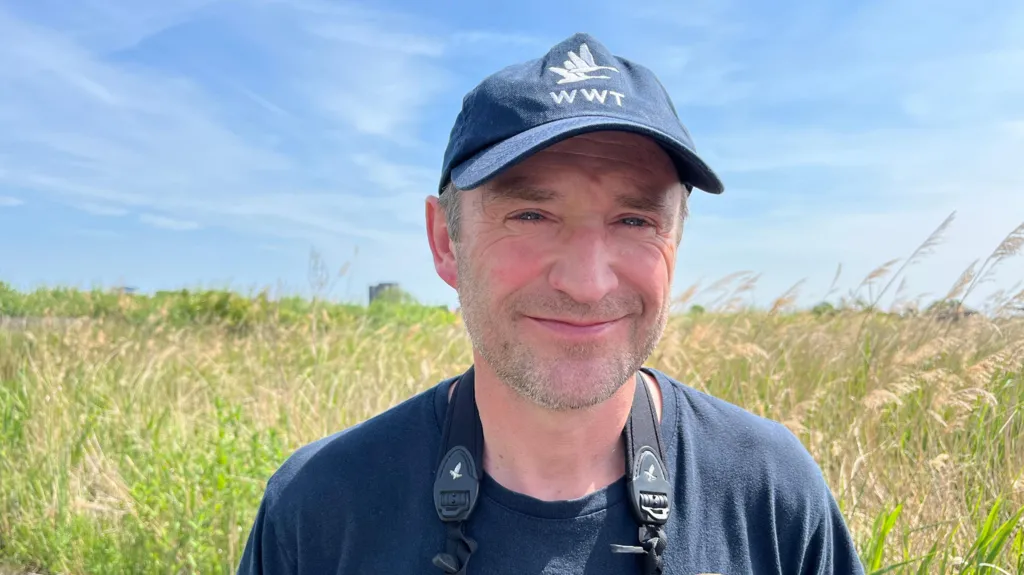
Adam Salmon, the Centre’s reserve manager since its inception, reflects on its growth with pride. “When we started, the biodiversity was minimal.Now, the centre hosts 19 species of breeding dragonflies. It also supports thriving populations of water voles, grass snakes, and slow worms. Additionally, species-rich meadows have grown from seeds planted from scratch.
This striking transformation underscores the Centre’s success in rewilding urban space—turning concrete basins into living, breathing habitats.
Global Recognition and International Outreach
What began as a local conservation effort has since gained global significance. The Centre now serves as a blueprint for urban wetland development worldwide, with international delegations frequently visiting to learn from its model.
Alexia Hollinshead, the general manager, explains: “We regularly host groups from Korea, China, Singapore, and Israel who study our methods to replicate similar urban wetlands in their own cities.”
This exchange of knowledge cements the Centre’s role as not only London’s extra lungs but also a global ambassador for sustainable urban design.
Biodiversity Through the Seasons
Throughout the year, the London Wetland Centre undergoes seasonal transformations that captivate visitors. Spring brings migratory birds who use the Thames as a navigational guide, while summer unveils a colorful display of dragonflies and damselflies. Autumn invites waterfowl in spectacular numbers, and winter cloaks the wetlands in a serene hush, ideal for spotting overwintering species.
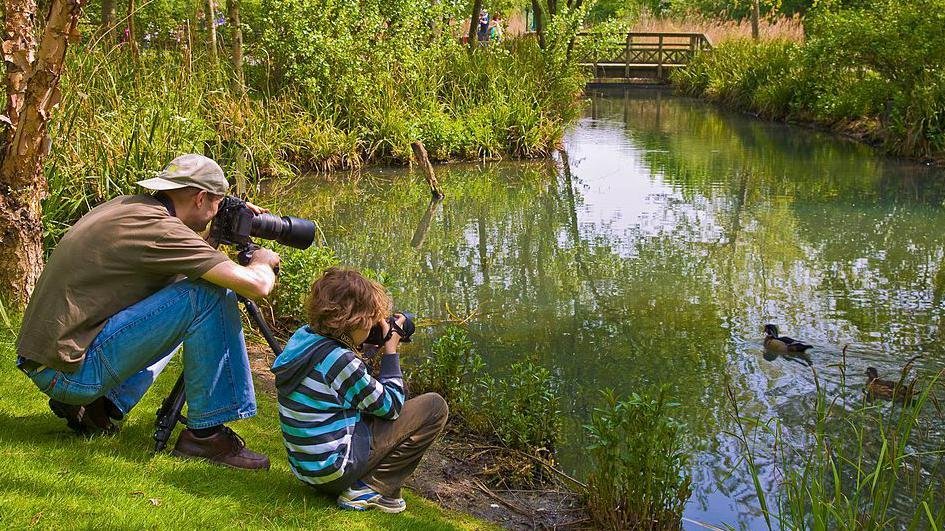
Each visit offers a different spectacle, reinforcing the Centre’s role as a living, evolving sanctuary—far more than just a park.
A Model for Coexistence in the 21st Century
The Centre demonstrates that ecological preservation and urban development are not mutually exclusive. Sir David’s vision of coexistence is manifest in how the reserve balances its roles: education centre, conservation hub, community space, and ecological haven.
It is this multifunctional nature that gives London’s extra lungs its enduring value. Amid today’s growing concerns about climate change, pollution, and urban sprawl, the Wetland Centre stands as a testament to what’s possible when nature is prioritized in city planning.
The Role of the Wildfowl and Wetlands Trust
The Wildfowl and Wetlands Trust (WWT), a charity committed to creating and protecting wetlands, continues to play a vital role in the Centre’s operations. Through education, conservation science, and habitat restoration, the WWT ensures that the Centre continues to evolve as a space of innovation and inspiration.
Their long-term goal aligns with the broader UN Sustainable Development Goals—particularly those focused on climate action, life on land, clean water, and sustainable cities.
Engaging the Next Generation
Part of the Centre’s future-oriented strategy is to deepen its educational offerings. Plans include interactive learning labs, digital ecology tools, and youth-led conservation projects. These initiatives aim to foster a lifelong connection with nature in children and teenagers—cultivating not just environmental awareness but stewardship.

As one WWT educator put it: “Every visit by a child could inspire the next generation of conservation leaders.”
Community Involvement and Volunteering
Local residents have played a vital role in shaping the Centre’s success. Volunteers support a wide range of activities—from habitat maintenance to visitor engagement—and form the heart of many ongoing projects.
Their efforts exemplify the synergy between community involvement and environmental action, where civic pride aligns with ecological purpose.
Celebration Events: Honoring 25 Years
To mark its silver jubilee, the London Wetland Centre has organized a year-long celebration, including:
- Guided wildlife tours
- Family nature festivals
- Photography exhibitions
- Wetland-themed art workshops
- Talks by conservation experts
These events not only commemorate the past but chart the Centre’s direction for the next 25 years.
What the Future Holds for London’s Extra Lungs
Looking ahead, the Centre aims to expand its international partnerships, develop climate resilience infrastructure, and pilot wetland restoration initiatives in other urban areas. With biodiversity facing escalating threats, such future-focused planning is more urgent than ever.
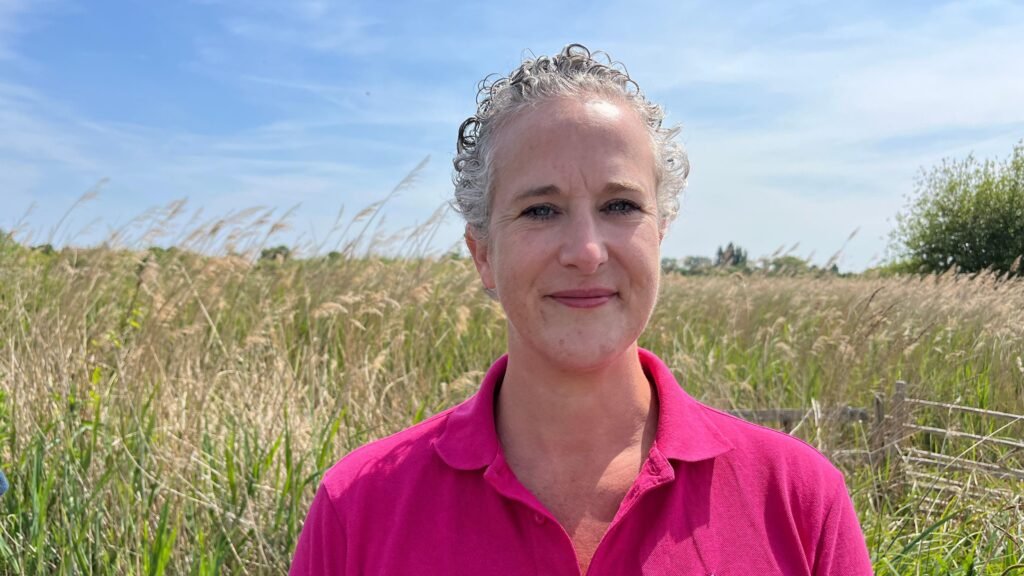
Alexia Hollinshead shared, “We want this place to continue being a beacon of learning, innovation, and ecological hope—not just for London, but for the world.”
A Legacy Worth Celebrating
The journey of the London Wetland Centre, affectionately called London’s extra lungs, is a compelling reminder of what’s possible when vision, science, community, and policy unite. In just 25 years, it has reshaped urban conservation, educated thousands, and inspired international change.
At a time when our cities are gasping for breath, the Centre provides a powerful example of how we can create space for both people and the planet to thrive.
